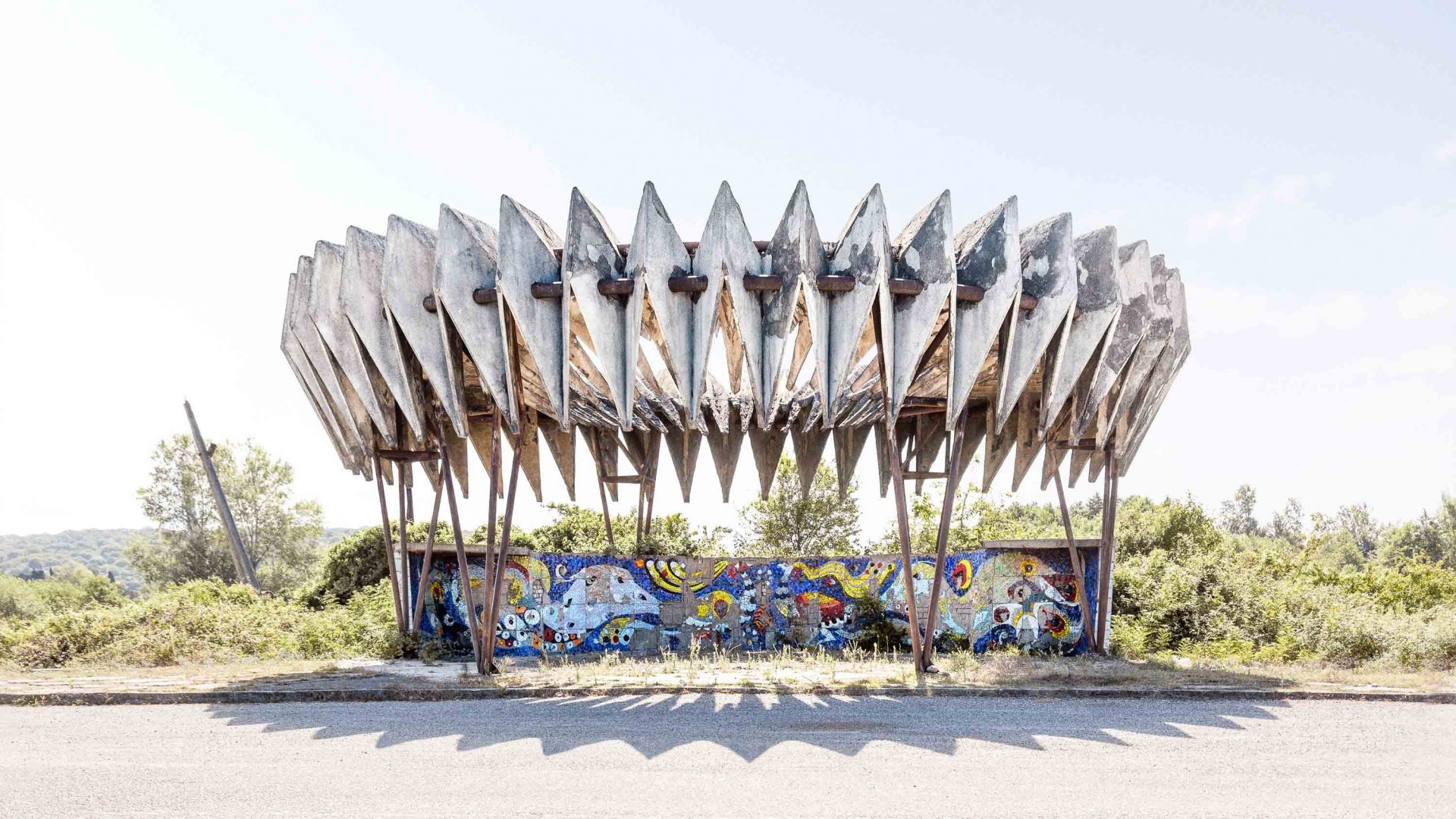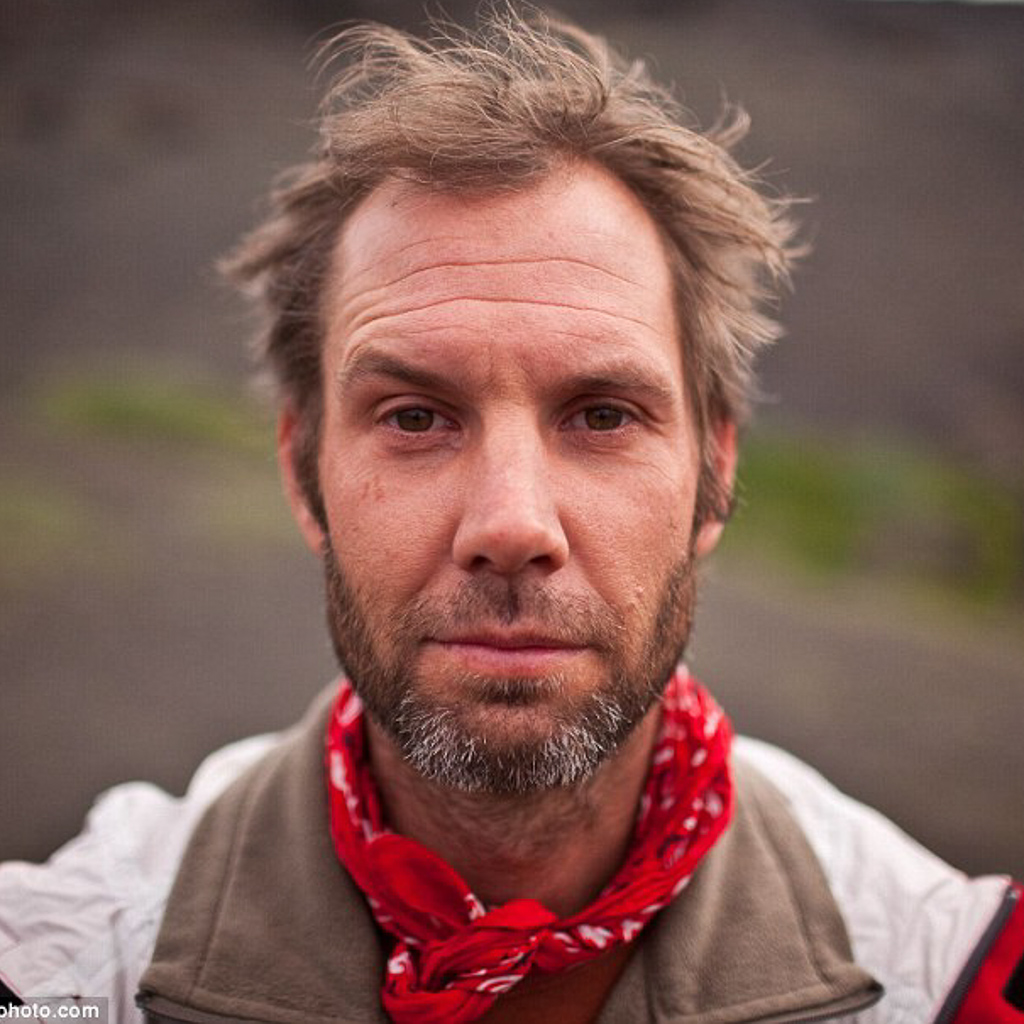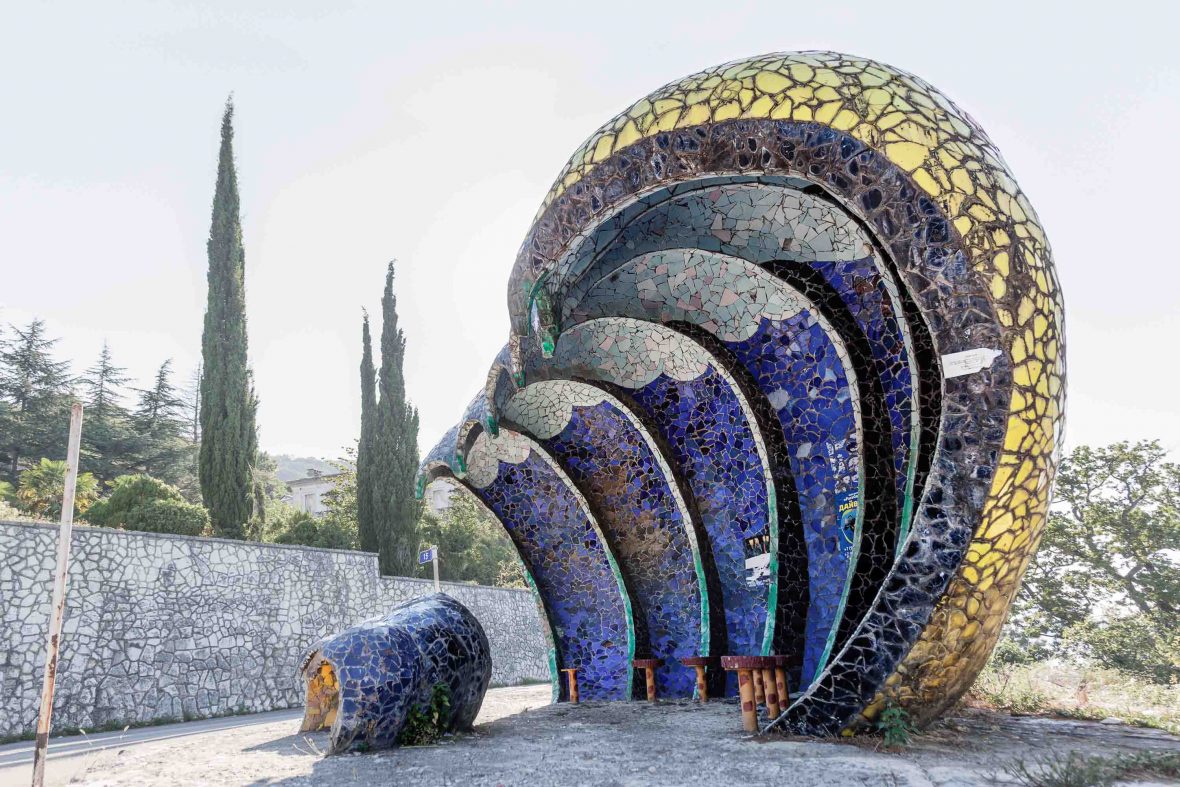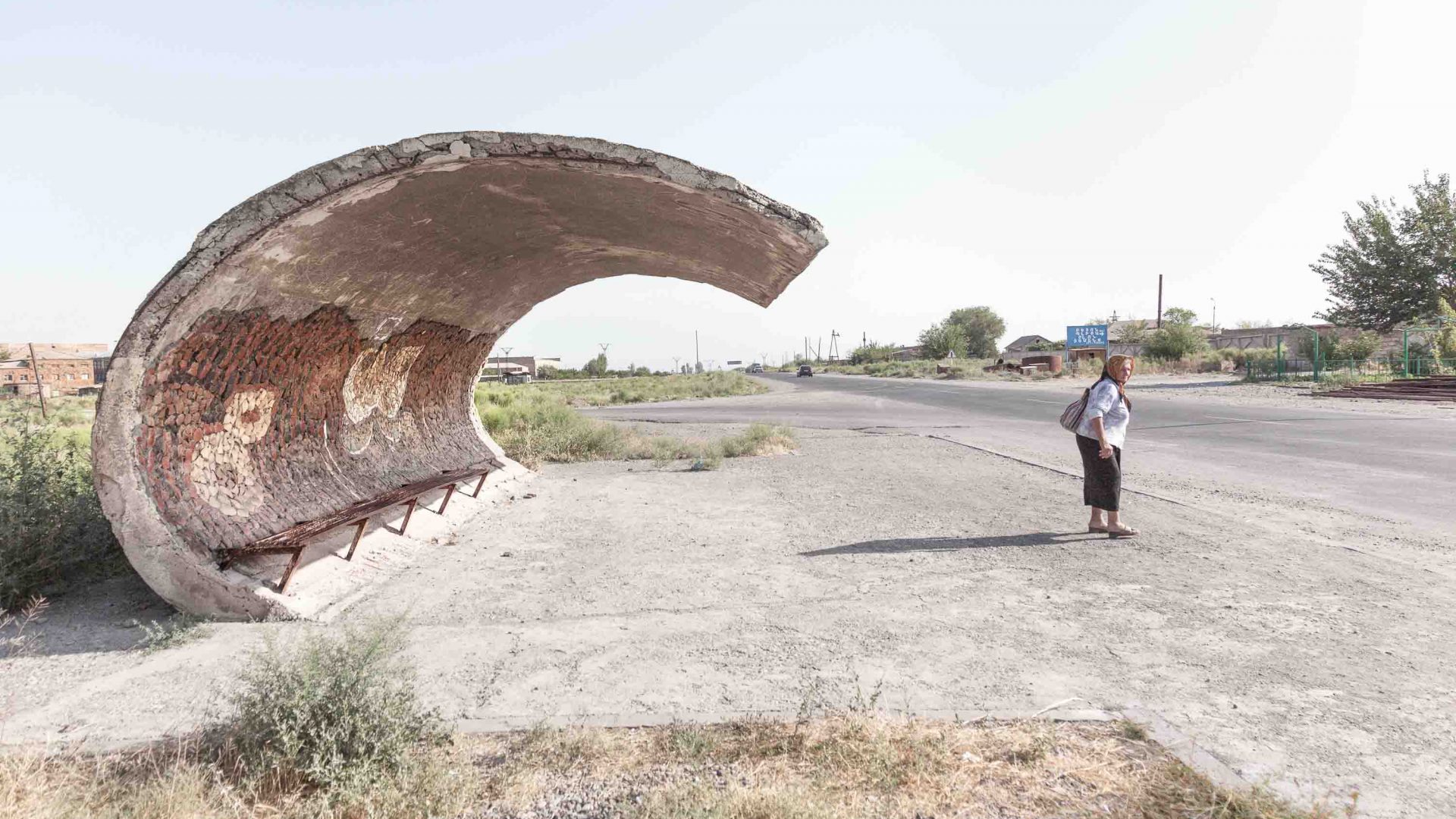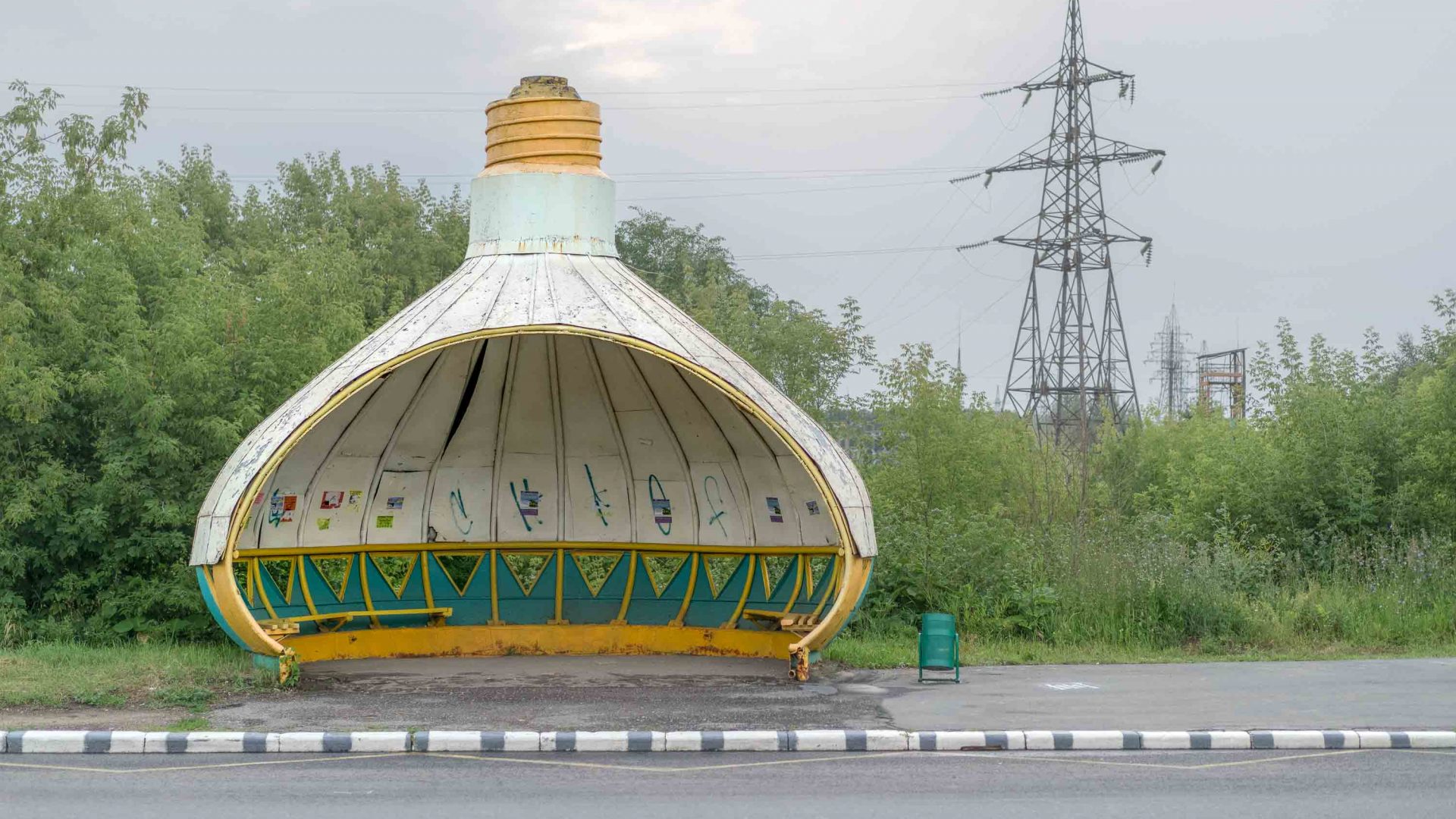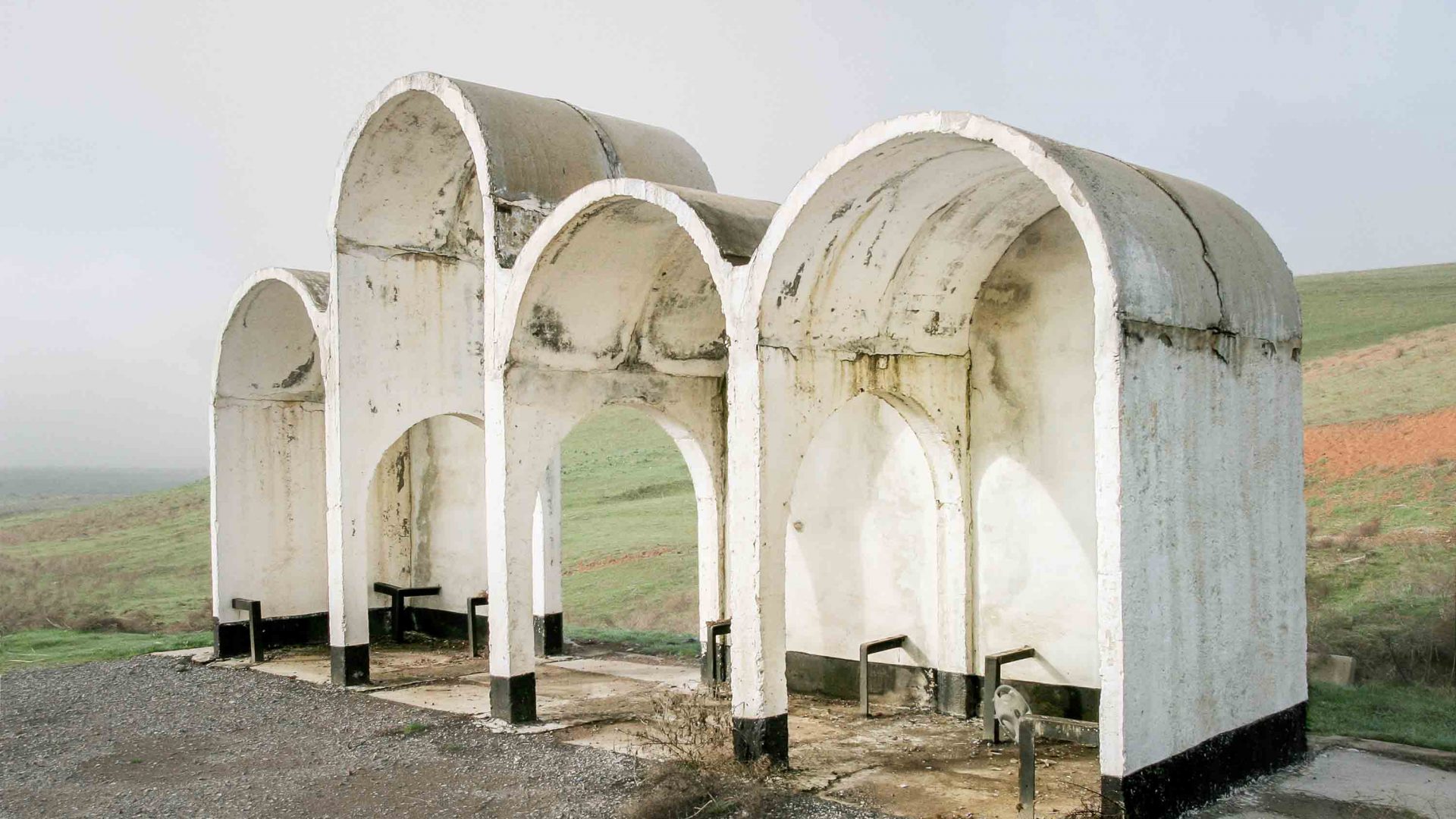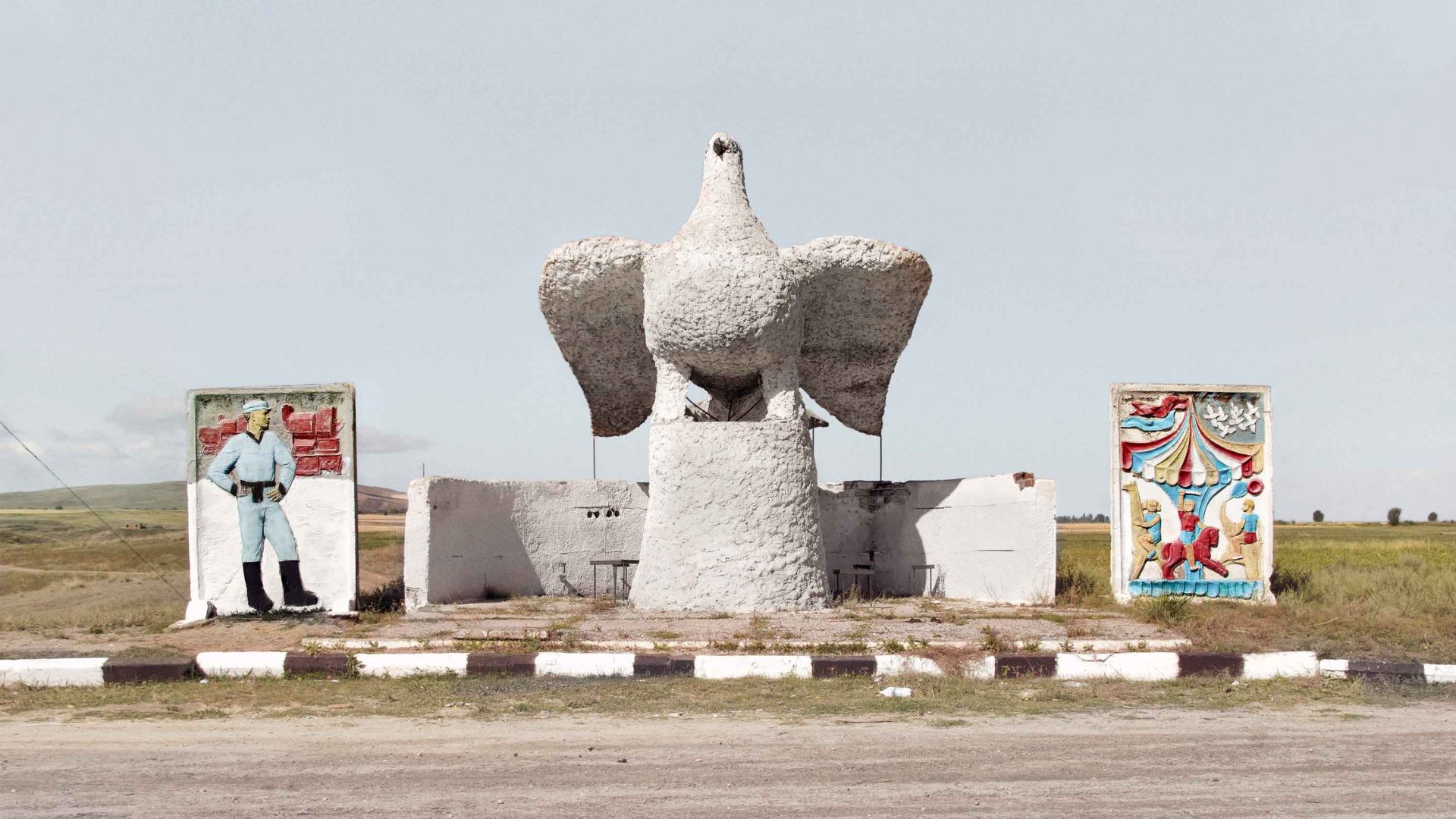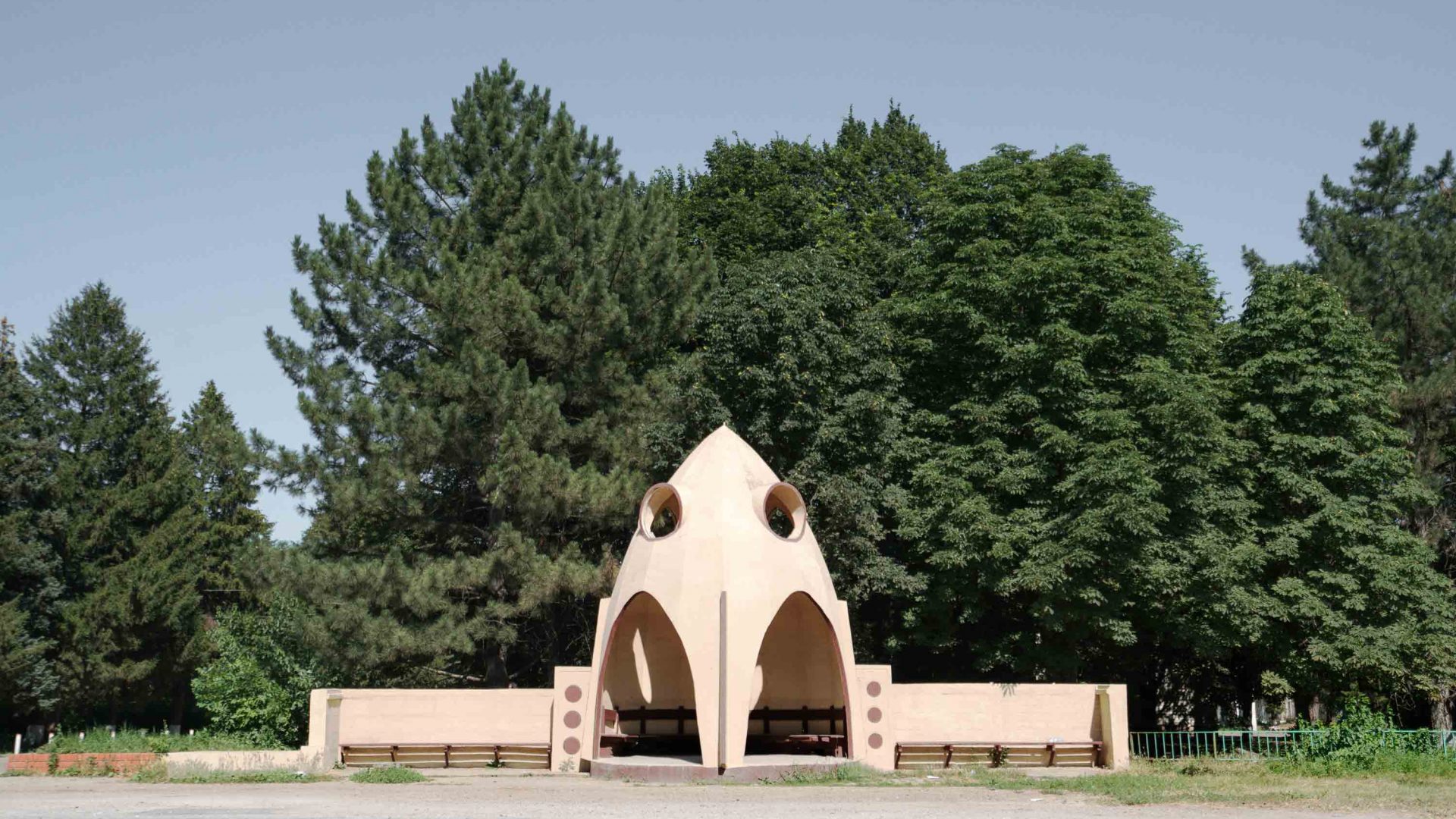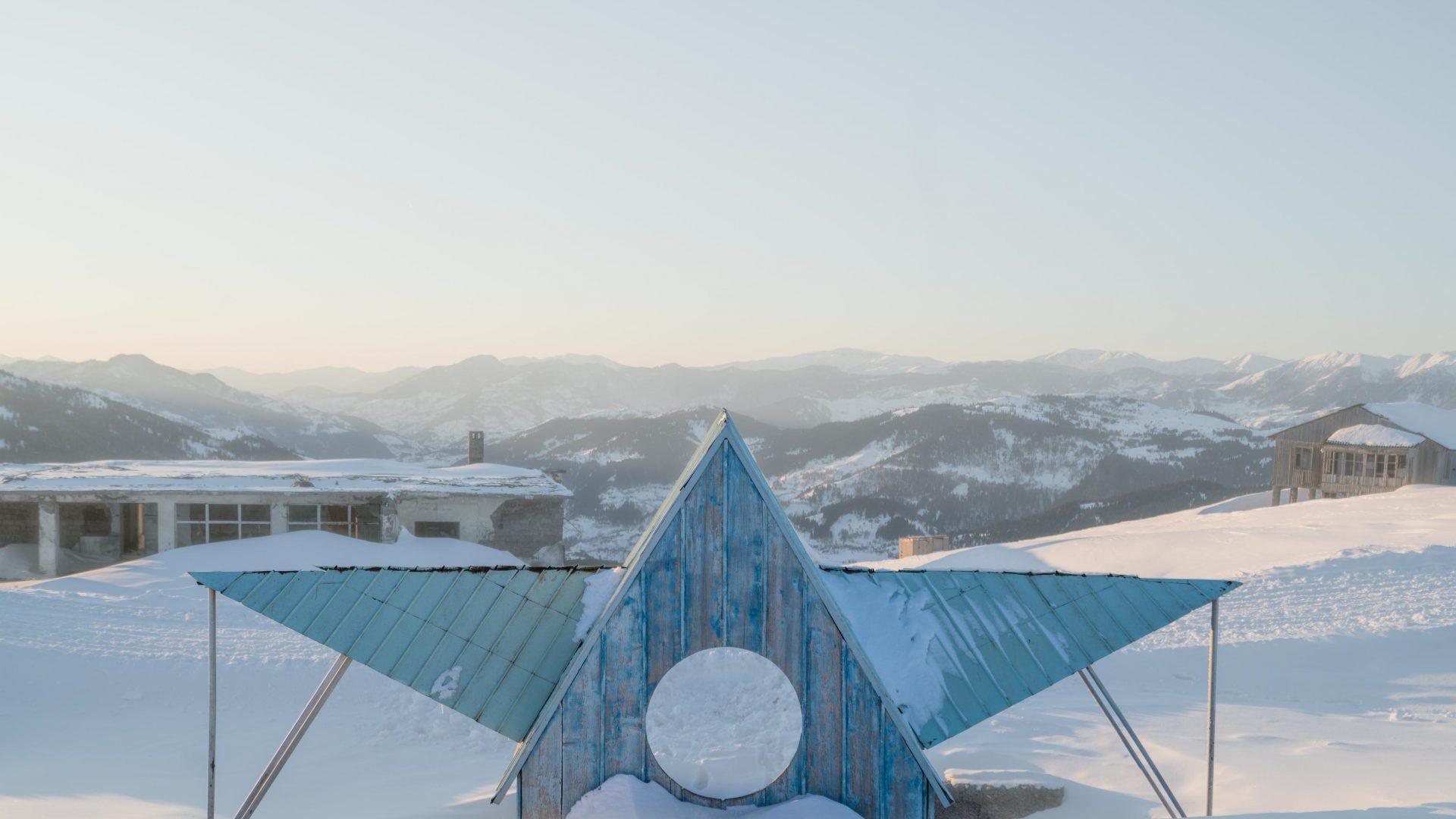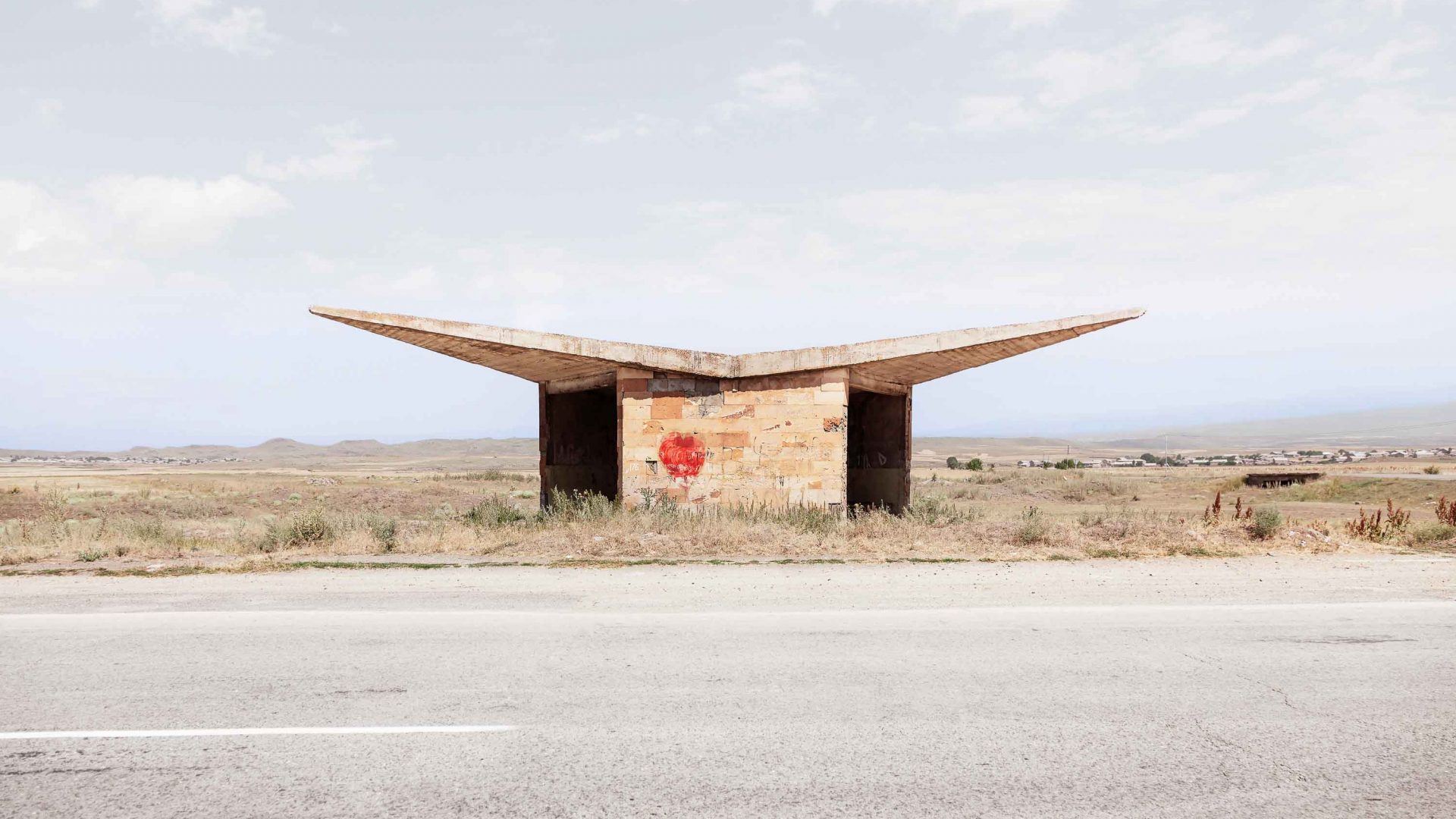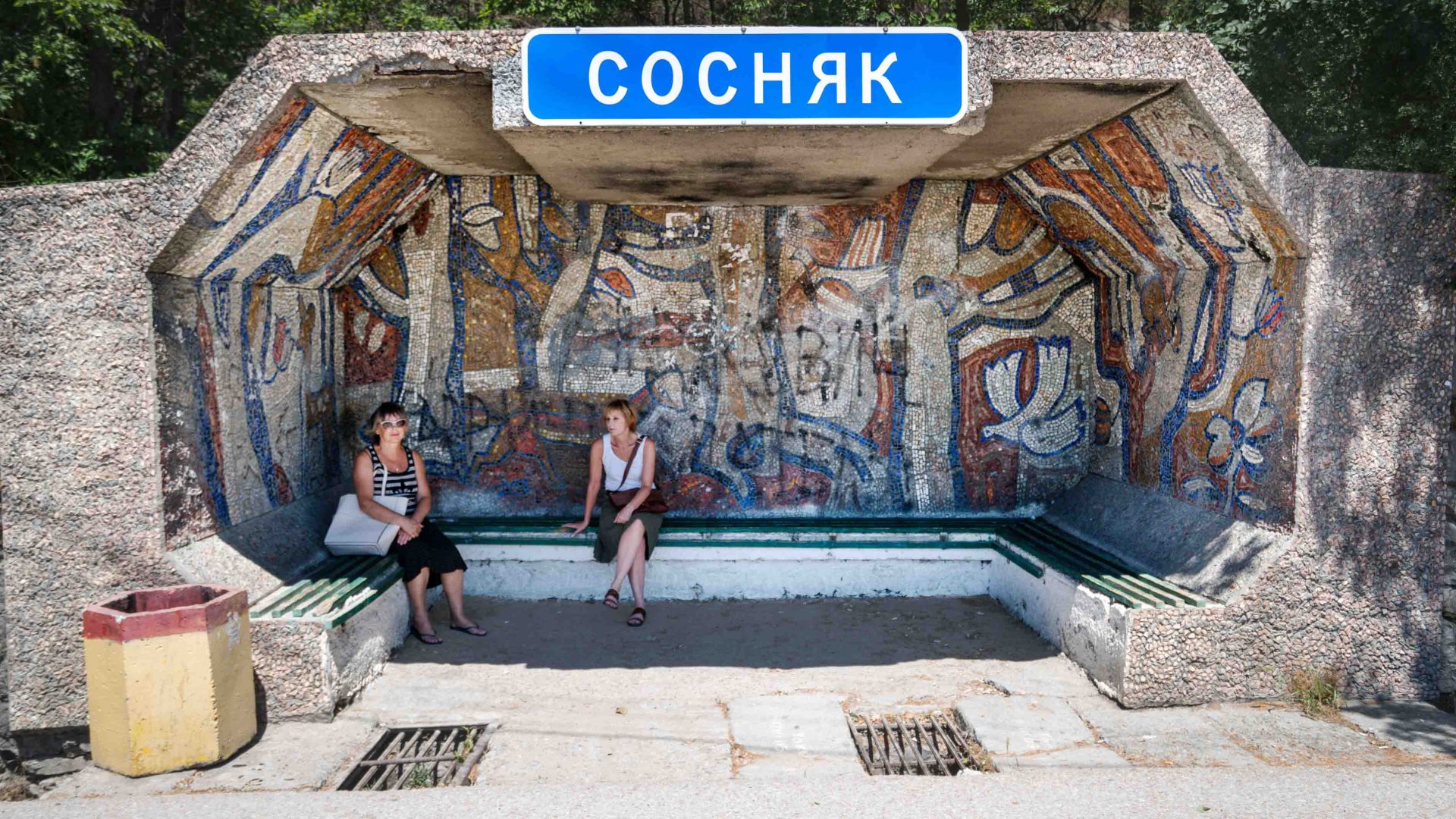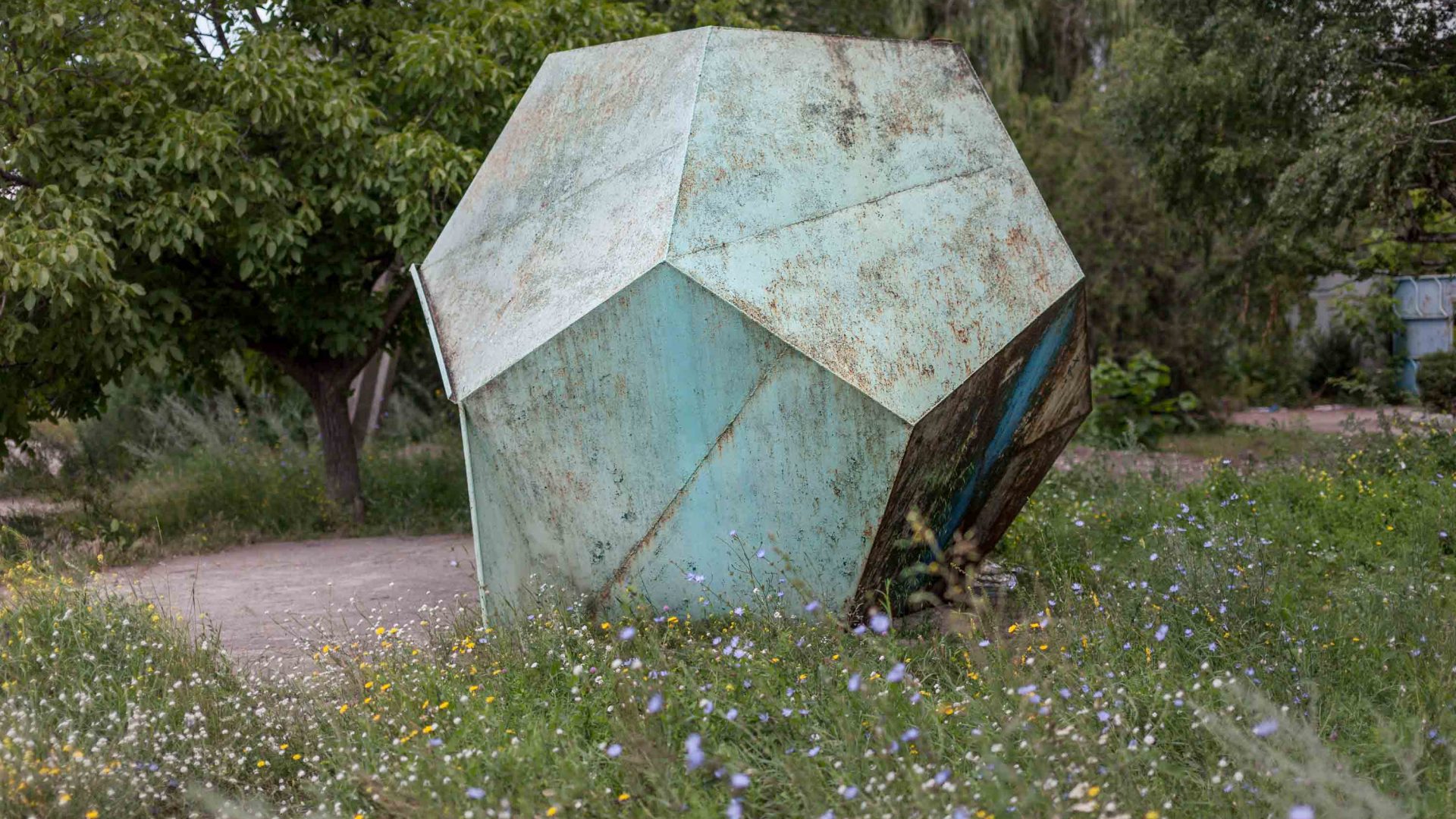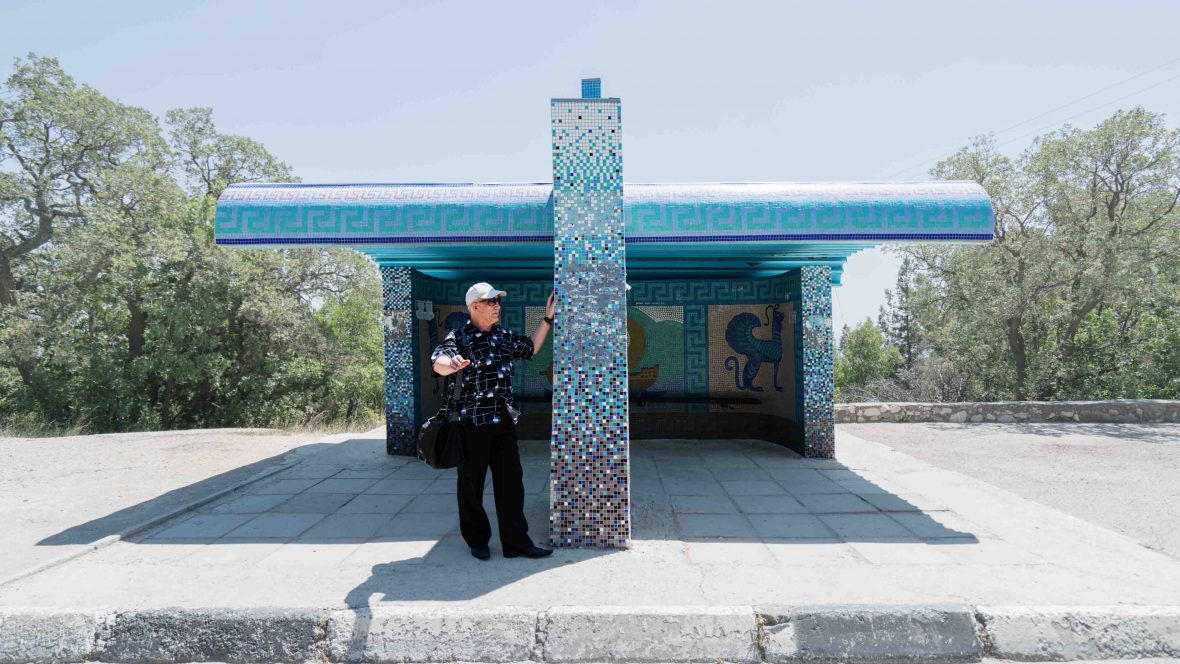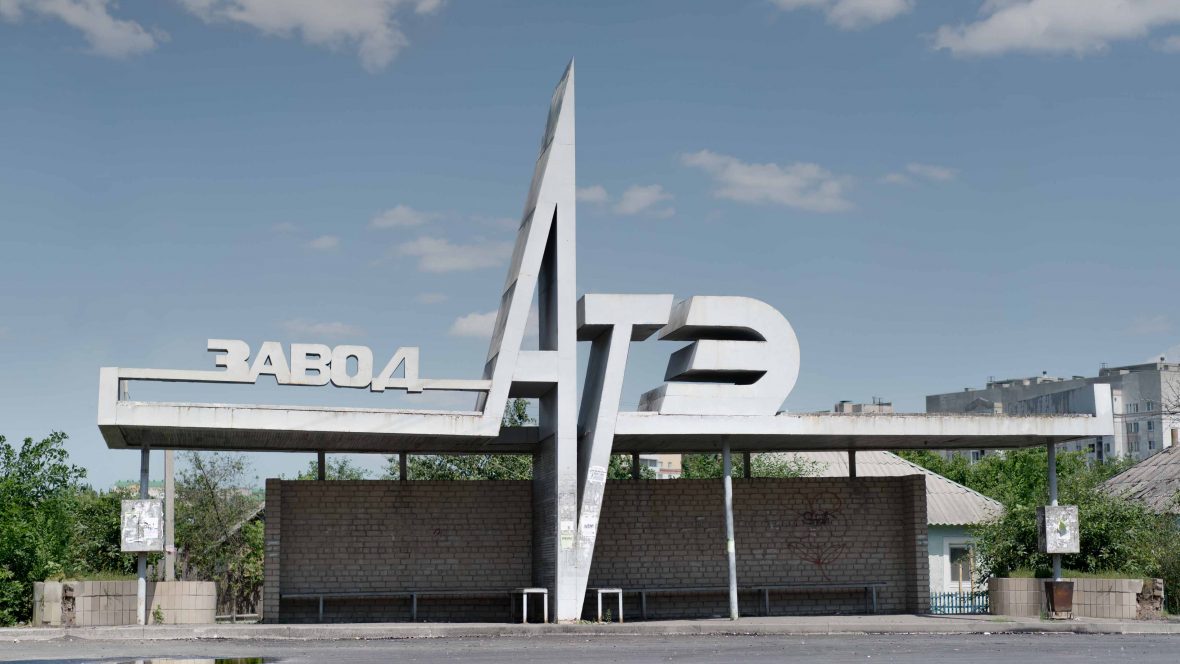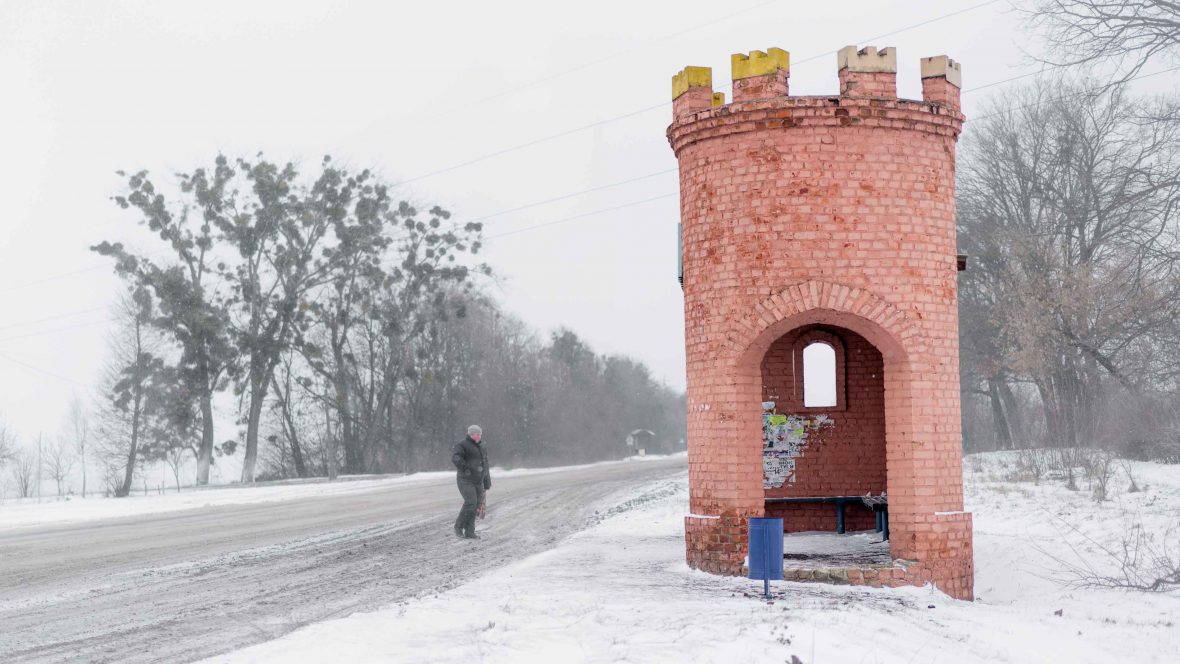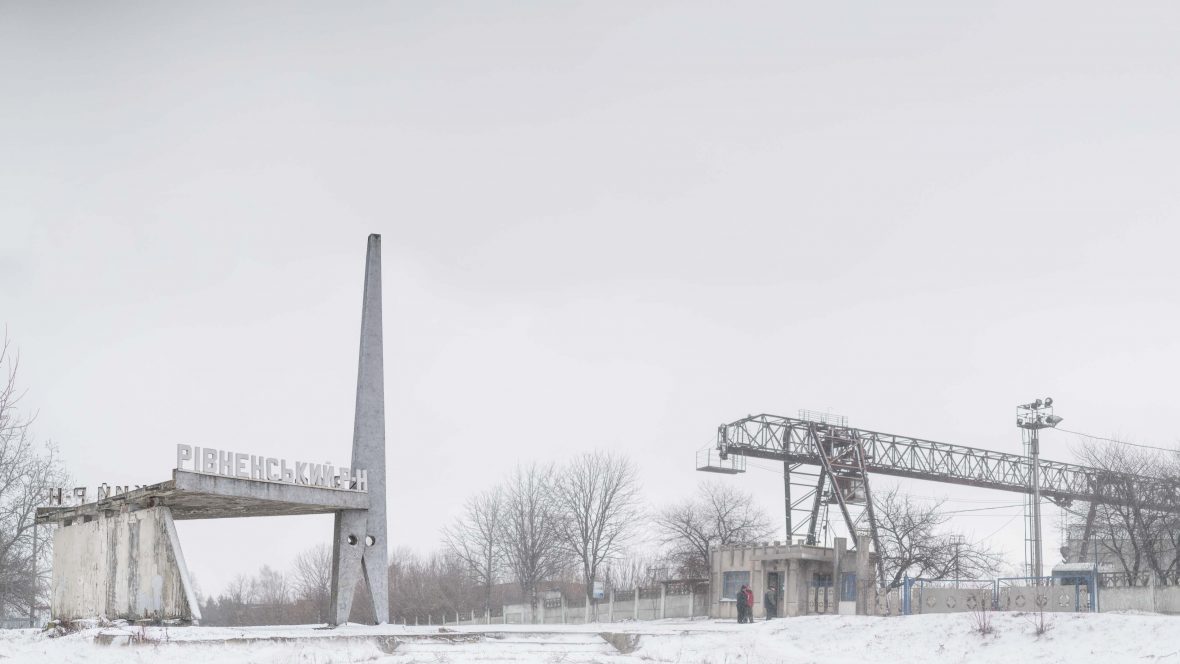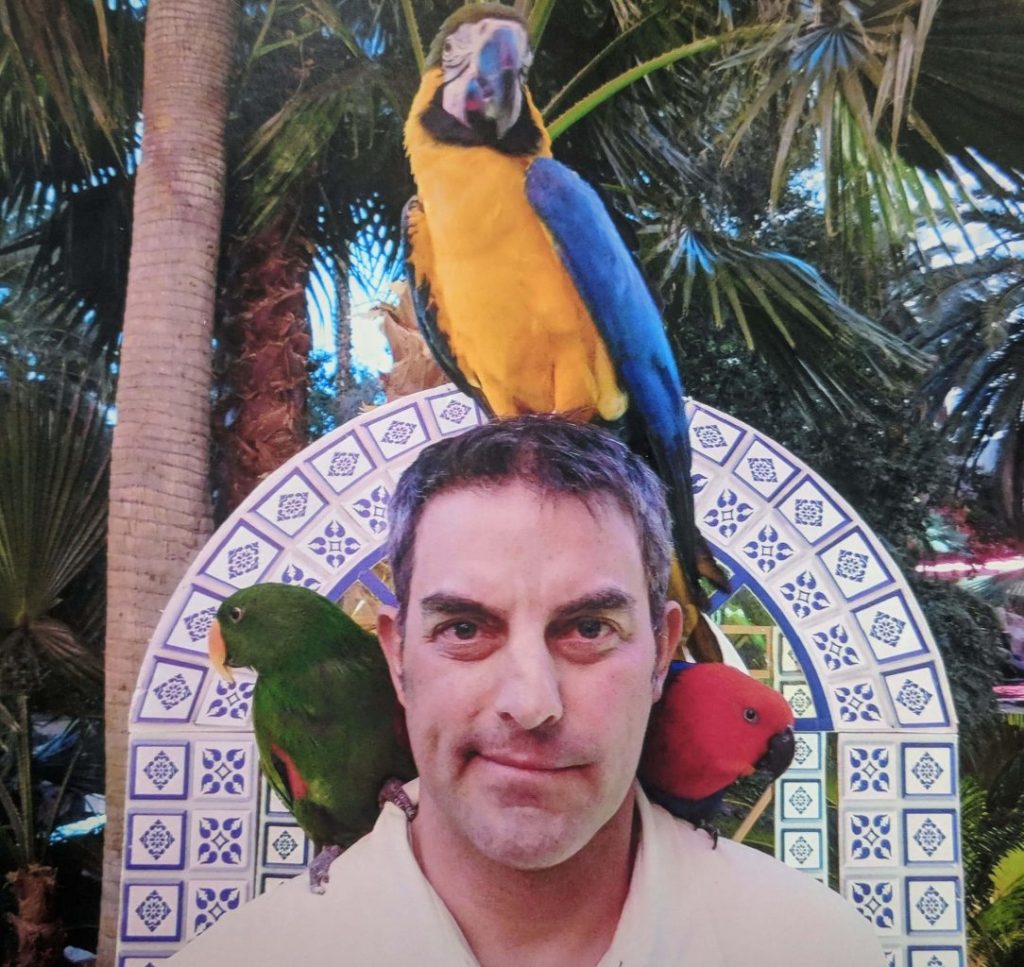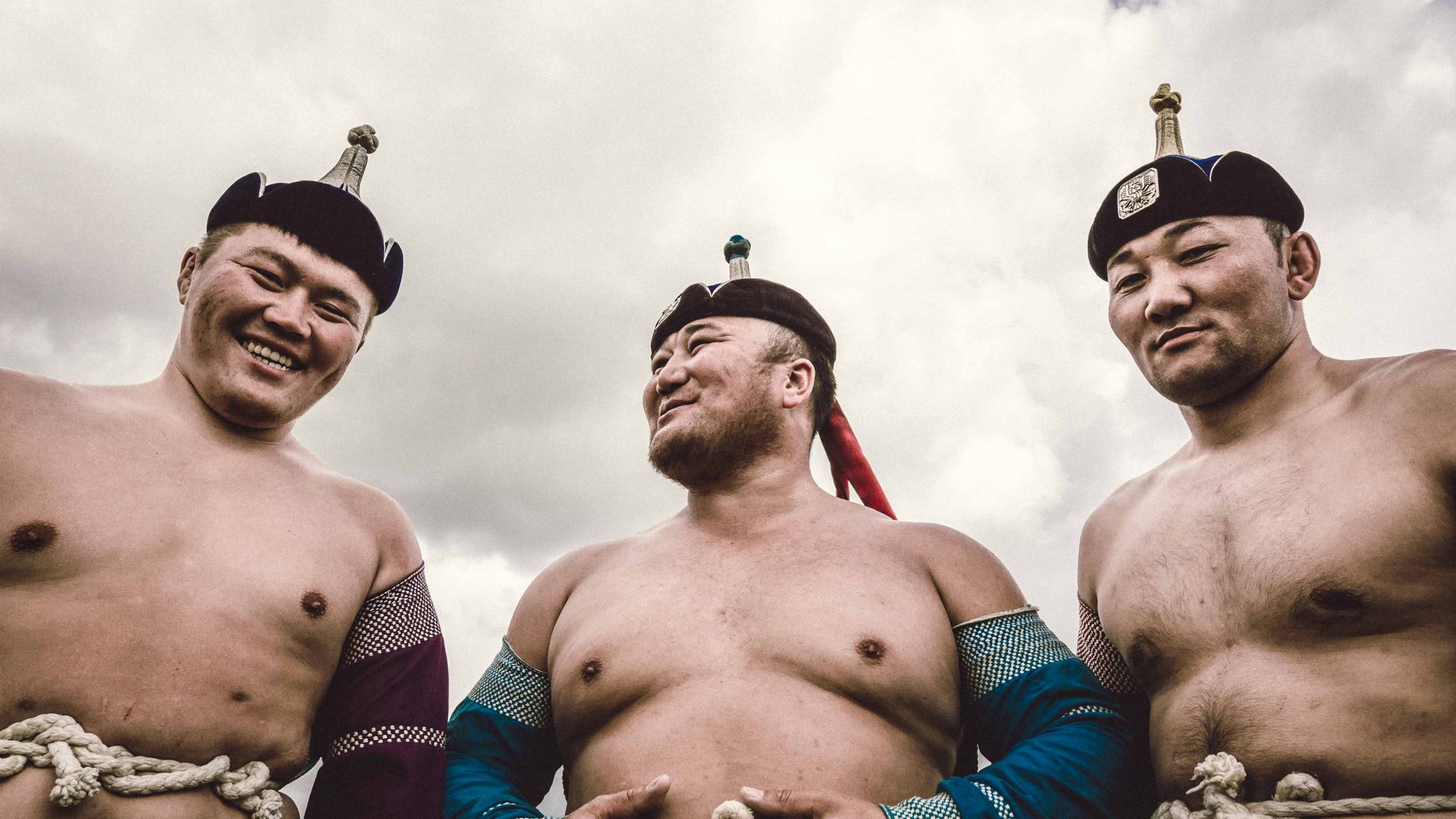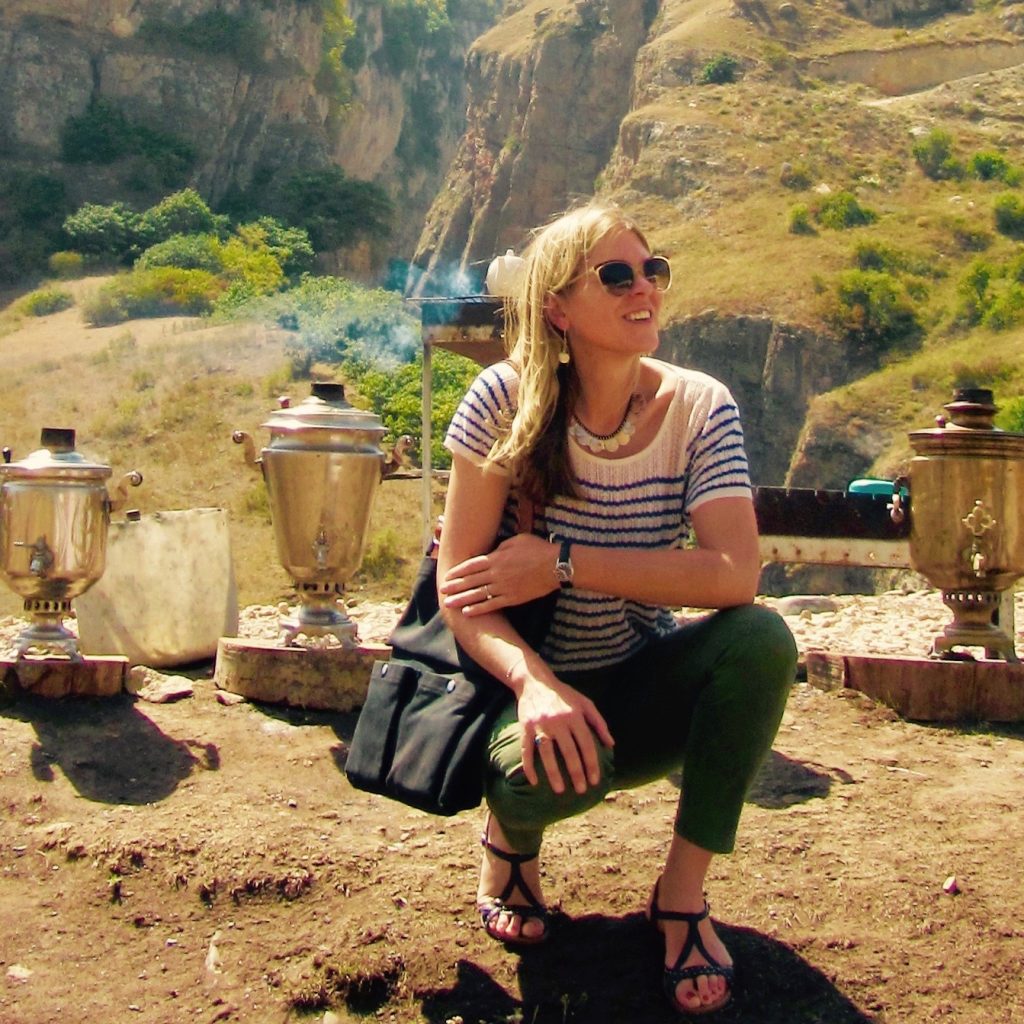Editor’s note: This article was published before the coronavirus pandemic, and may not reflect the current situation on the ground.
After stumbling across a peculiarly artistic bus stop in Lithuania, photographer Christopher Herwig began seeking out these ex-Soviet relics with intent. His photos have since been published across two dedicated books and in magazines and journals around the world.
As told to Oliver Pelling
Around 15 or 16 years ago, I decided to ride my bike from London to St. Petersburg. It might sound like a big trip, but it was pretty leisurely. The roads were flat and easy to ride, and I was hoping to finish the trip with this great collection of photographs. But all I could see were roads and farms. There were no big or spectacular National Geographic-like moments.
To try and kick-start my photographic output, I decided to take at least one photograph every hour, even if it was of the most ordinary or mundane thing, and try and make it look special. Soon, time started to fly by. I took photos of power lines, clothes lines, apartment blocks, things I found on the ground—it was all fair game.
Before long, I started noticing some of the bus stops along the way. And when I rode into the former Soviet Union, into Lithuania, I saw even more dramatic-looking, artistic bus stops and thought, “Wow, someone has really gone through a lot of effort into designing and building these.”
RELATED: Welcome to the twilight zone of Transnistria
My wife got a job working in Almaty, Kazakhstan, the following year so we moved there. And for the next three years, I couldn’t help but stop every time I’d see one of these fascinating bus stops. I ended up doing quite a bit of driving around the region in this time, and I began to grow a collection of photos. It was more like a hobby than anything serious.
Other times, the design would just boil down to whoever was making the highway at the time, such as the highway workers. The Belarus architect recalled how one of the road workers had one of his wife’s magazines, which was full of patterns for knitting or embroidery. So he suggested working the patterns into some of the bus stops. The local governments would also just hire artists or students and say, ‘OK, we have this stretch of highway. Try and make it beautiful or fun.’
In the end, it seemed to boil down to who was commissioning it and what they wanted. Often, I think they were trying to convey a message, and other times they drew more from regional traditions or customs. In parts of Kurdistan you can find ones that look like a kalpak, the traditional hat. There really isn’t one story that fits all of them—sometimes famous architects or artists worked on them, in other cases they were made by complete amateurs. It was even mentioned that school children helped decorate some of the interiors!
